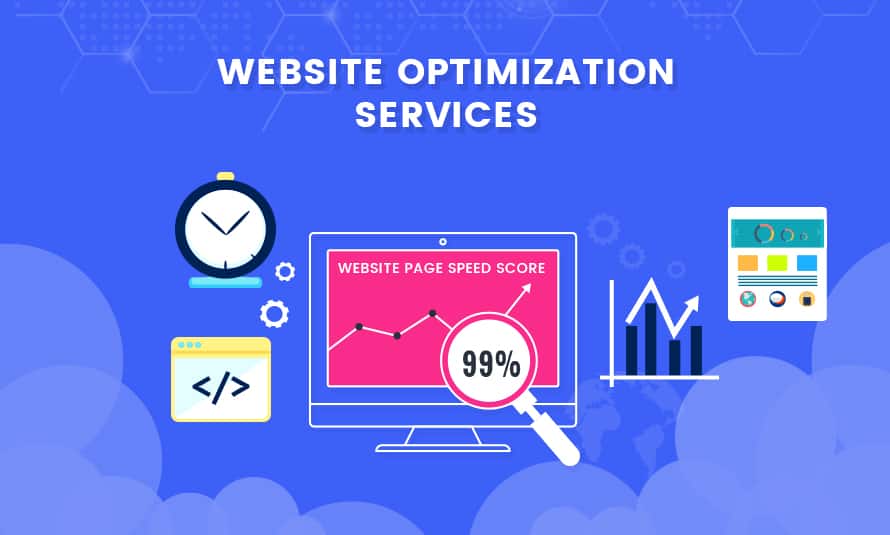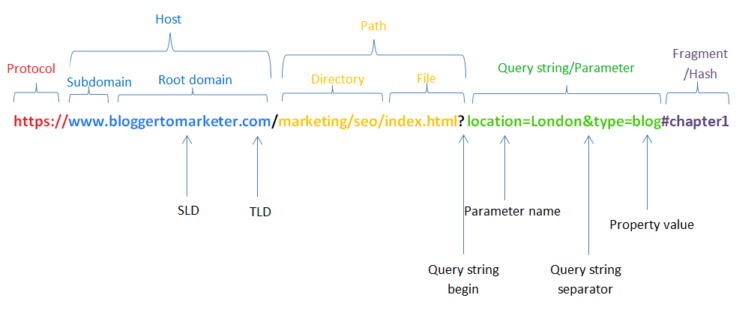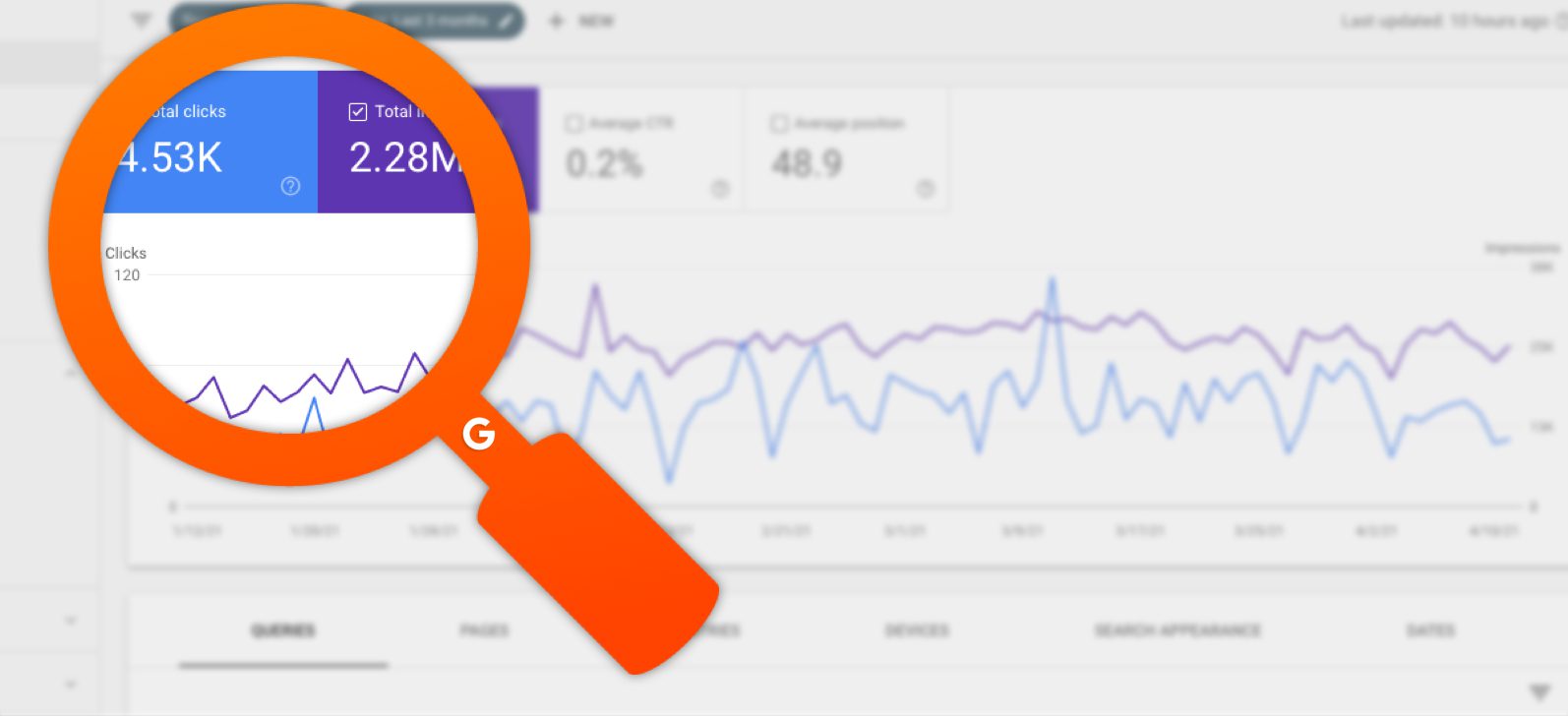What is Technical SEO Services? Technical SEO services refer to the implementation of various techniques and optimizations that focus on the technical aspects of a website to improve its search engine visibility and performance. These services aim to enhance the crawling, indexing, and overall accessibility of a website for search engines. When it comes to offering technical SEO services, it’s essential to focus on specific keywords and keyphrases that potential clients might search for.
Technical SEO Audit
A technical SEO audit is a comprehensive analysis of a website’s technical aspects to identify areas that need improvement for better search engine visibility and performance. The audit aims to uncover technical issues that may hinder the crawling, indexing, or ranking of a website. After conducting the technical SEO audit, a detailed report is typically provided, outlining the identified issues, recommended fixes, and priorities. This helps guide the website owner or SEO professional in implementing the necessary improvements to enhance the website’s technical SEO foundation.
Website Optimization Services

Website optimization services encompass a range of activities aimed at improving the overall performance, user experience, and search engine visibility of a website. These services typically involve both technical and non-technical optimizations to enhance various aspects of the website. Website optimization services aim to enhance a website’s visibility, user experience, and conversion potential. The specific optimizations and strategies employed may vary depending on the goals, target audience, and industry of the website.
On-page SEO Optimization
On-page SEO optimization refers to the practice of optimizing individual web pages to improve their visibility and rankings in search engine results pages (SERPs). It involves optimizing various on-page elements and content to make them more relevant, accessible, and appealing to both users and search engines. Remember that on-page SEO optimization should focus on providing value to users while adhering to search engine best practices. Balancing optimization with user experience is crucial for achieving long-term success in search engine rankings and driving organic traffic to your website.
Site Speed Optimization
Site speed optimization, also known as website performance optimization, refers to the process of improving the loading speed and overall performance of a website. It involves various techniques and optimizations aimed at reducing page load times, enhancing user experience, and meeting the expectations of search engines. Site speed optimization is crucial for providing a positive user experience, reducing bounce rates, and improving search engine rankings. Faster-loading websites tend to have higher user engagement, lower bounce rates, and improved conversion rates. Therefore, investing time and effort into optimizing site speed can have significant benefits for both users and your website’s performance.
Mobile SEO Optimization
Mobile SEO optimization, also known as mobile search engine optimization, involves optimizing a website specifically for mobile devices to improve its visibility and performance in mobile search results. Given the increasing usage of smartphones and tablets, mobile optimization has become a critical aspect of SEO. Mobile SEO optimization is essential for reaching and engaging with the growing number of mobile users. By providing a seamless mobile experience, optimizing for mobile-specific keywords, and following mobile best practices, you can improve your website’s visibility, user experience, and search engine rankings in mobile search results.
XML Sitemap Creation

XML sitemap creation involves generating an XML (Extensible Markup Language) file that lists all the URLs of a website and provides additional information about each page to help search engines understand the website’s structure and content. XML sitemaps serve as a communication tool between website owners and search engines, allowing search engines to crawl and index the website more efficiently. XML sitemaps are beneficial for both search engines and website owners. They help search engines crawl and index websites more efficiently, ensuring that all important pages are discovered. Additionally, XML sitemaps provide valuable information to website owners, allowing them to monitor indexation, track crawl errors, and identify potential issues with their website’s structure.
Robots.txt Optimization
Robots.txt optimization involves the proper configuration and optimization of the robots.txt file on a website. The robots.txt file is a text file located in the root directory of a website that provides instructions to search engine crawlers (robots or spiders) regarding which pages or directories should or should not be crawled or indexed. Optimizing the robots.txt file can help improve the crawling and indexing efficiency of a website and ensure that search engines focus on crawling and indexing the most important pages. Robots.txt optimization helps you guide search engine crawlers to focus on the most important areas of your website and avoid wasting resources on irrelevant or sensitive content. By properly configuring the robots.txt file, you can improve the efficiency of crawling and indexing, ensure privacy and security, and enhance your website’s overall search engine optimization efforts.
Schema Markup Implementation
Schema markup, also known as structured data markup, is a code added to the HTML of a web page to provide search engines with additional context and information about the content on the page. It helps search engines better understand the meaning and structure of the data, which can result in enhanced search engine result listings and rich snippets. Schema markup implementation helps search engines understand your content better, potentially leading to enhanced search result listings, rich snippets, and other rich features. It’s an effective way to provide additional context and improve the visibility of your web pages in search engine results pages (SERPs).
SSL Certificate Installation
Installing an SSL (Secure Sockets Layer) certificate on a website is an essential step to secure the connection between the web server and the user’s browser, encrypting the data transmitted between them. It’s important to note that the installation process may vary depending on your specific hosting environment and server software. If you’re unsure about any steps or encounter difficulties, it’s recommended to consult your hosting provider’s documentation or support for assistance.
URL structure optimization

URL structure optimization refers to the practice of designing and structuring website URLs in a way that is user-friendly, search engine-friendly, and organized. An optimized URL structure can have several benefits, including improved user experience, better search engine crawling and indexing, and increased click-through rates. Remember that optimizing URL structure alone may not significantly impact search engine rankings, but it can contribute to a better user experience and make your website more accessible and understandable to both users and search engines.
Canonicalization services
Canonicalization is the process of selecting the preferred URL when there are multiple URLs that point to the same content. Canonicalization services, often provided by SEO agencies or professionals, help identify and address issues related to duplicate content and inconsistent URLs on a website. It’s worth noting that while canonicalization services can help address duplicate content issues and improve SEO, it’s essential to understand the underlying causes of duplicate content and address them at the source. This may involve improving content creation processes, URL structure, or CMS configuration to prevent the creation of duplicate content in the first place.
When considering canonicalization services, it’s advisable to consult with reputable SEO agencies or professionals who have expertise in technical SEO and can provide tailored solutions based on your website’s specific needs.
Image optimization
Image optimization refers to the process of reducing the file size and improving the performance of images on websites and other digital platforms without significantly sacrificing their visual quality. It is an essential aspect of web development and can greatly impact the loading speed and user experience of a website.
Broken link Analysis and fixing
Broken link analysis involves identifying and fixing any broken or dead links on a website. Broken links occur when a hyperlink points to a page or resource that no longer exists, resulting in a “404 Not Found” error or a similar message. These broken links can negatively impact user experience, SEO rankings, and the overall credibility of a website. By regularly analyzing and fixing broken links on your website, you can ensure a positive user experience, maintain good SEO practices, and enhance the overall credibility and usability of your site.
Responsive Design optimization

Responsive design optimization refers to the process of ensuring that a website’s design and layout adapt and perform effectively across different devices and screen sizes. It involves optimizing various elements of the website to provide an optimal user experience on desktops, laptops, tablets, and mobile devices. By implementing these responsive design optimization practices, you can create a seamless and engaging user experience across devices, improve accessibility, and boost overall user satisfaction with your website.
Website security services
Website security services refer to the various measures, tools, and practices employed to protect websites from security threats, unauthorized access, data breaches, and other malicious activities. These services help ensure the confidentiality, integrity, and availability of a website and its data. It is important to assess the specific needs and risks of your website and choose the appropriate combination of security services to establish a robust security posture. Consulting with security professionals or engaging with a reputable website security service provider can help ensure comprehensive protection for your website.
SEO monitoring and analytics
SEO monitoring and analytics involve tracking and analyzing various metrics and data related to search engine optimization (SEO) efforts. These practices help website owners and SEO professionals understand how their website is performing in search results, identify areas for improvement, and make data-driven decisions to optimize their SEO strategies. By consistently monitoring and analyzing these SEO metrics and data, you can gain valuable insights into the performance of your website, identify areas for improvement, and make informed decisions to enhance your SEO strategy and drive organic traffic and visibility.
Technical SEO consulting

Technical SEO consulting involves providing expert guidance and recommendations on optimizing the technical aspects of a website to improve its search engine visibility and performance. Technical SEO focuses on ensuring that search engines can crawl, index, and understand the website’s content effectively.Technical SEO consulting helps businesses and website owners implement best practices and technical optimizations that can enhance search engine visibility, user experience, and overall website performance. By addressing the technical aspects of SEO, businesses can improve their chances of ranking higher in search results and attracting organic traffic.
Server response time optimization
Server response time optimization focuses on reducing the time it takes for a server to respond to requests from a user’s browser. Improving server response time is crucial for providing a fast and smooth user experience, which can positively impact search engine rankings and user engagement. By implementing these server response time optimization strategies, you can significantly improve the speed and performance of your website. Faster server response times enhance user experience, increase search engine rankings, and positively impact overall website success.
Structured data implementation
Structured data implementation involves adding additional metadata to web pages using a standardized format, such as Schema.org, to provide search engines with more detailed information about the content on a website. This structured data helps search engines better understand the context and meaning of the content, which can lead to enhanced search result listings and rich snippets. Remember that implementing structured data doesn’t guarantee immediate visibility enhancements in search results. Search engines determine whether and how to display structured data based on various factors. However, providing structured data improves the chances of your content being eligible for enhanced search result features, such as rich snippets, knowledge panels, and other interactive elements.
It’s recommended to refer to the official Schema.org documentation and guidelines, and stay updated with any changes or additions to the schema types and properties. Additionally, consider leveraging the documentation and tools provided by search engines, such as Google’s Search Console, to gain insights and optimize your structured data implementation.
Crawl error analysis and fixing
Crawl errors occur when search engine bots encounter issues while crawling and indexing a website. Analyzing and fixing crawl errors is important for ensuring that search engines can properly access and index your web pages. Fixing Not Found Errors (404): For pages returning a 404 error, determine the appropriate action based on the specific circumstances.


